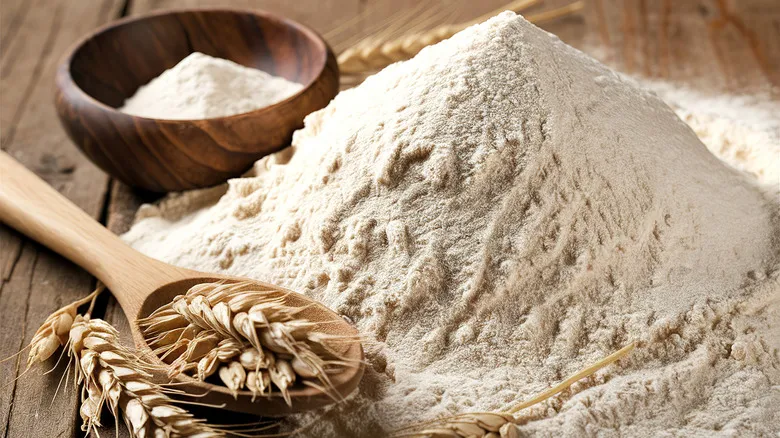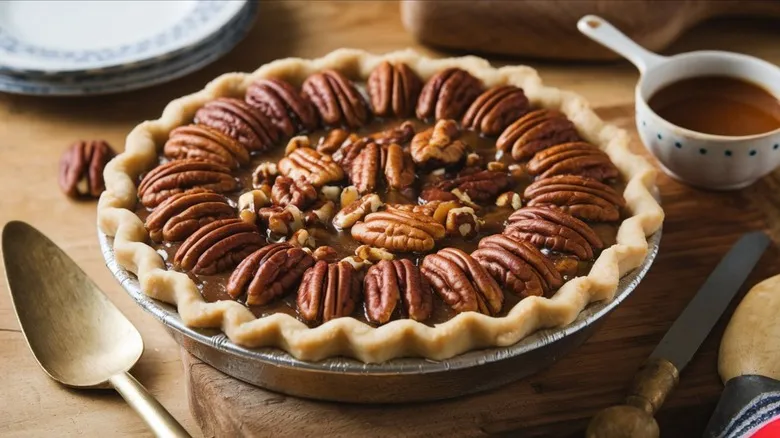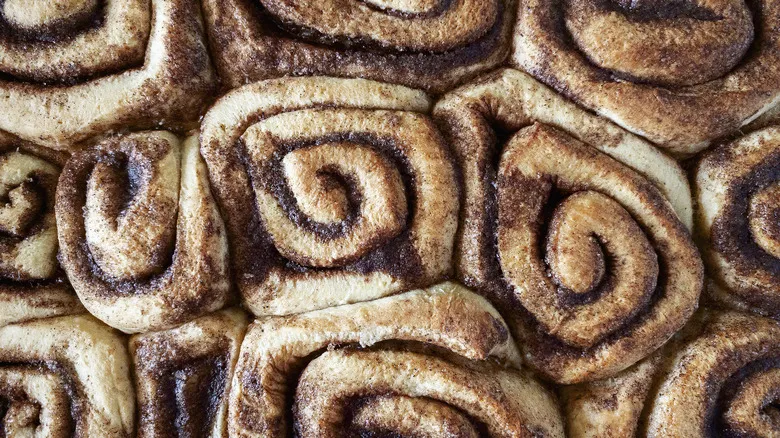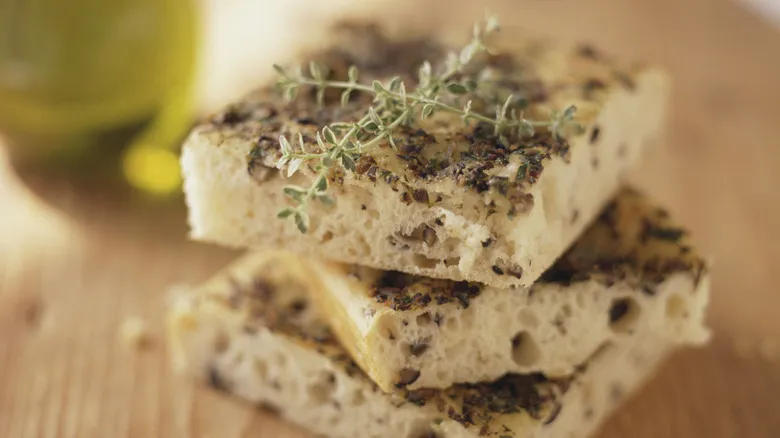Avoid flours that don't lead to a proper rise

Chef Luca Corazzina advises against using certain flours when baking focaccia, specifically "flours like rice flour or semolina, as they fail to develop the gluten structure necessary for the dough to rise effectively." He notes that these flours "can lead to a crumbly or excessively dense bread."
Gluten development is a crucial factor that differentiates various types of flour, including bread flour, 00 flour, all-purpose flour, and cake flour. Each type has distinct protein content and texture; flours with higher protein, such as bread flour, create more gluten, resulting in stronger and chewier baked goods. In contrast, low-protein flours like cake flour are ideal for producing lighter, airier desserts, although many cake recipes can successfully use all-purpose flour as well.
Flours are also categorized by their grind size, which significantly impacts gluten development and the final texture of baked items. While semolina flour is high in protein, its coarse texture can disrupt gluten strands, compromising the dough's gluten structure. Conversely, rice flour, which is entirely gluten-free, is unsuitable for most bread-making. Focaccia is celebrated for its crispy exterior and fluffy interior, and achieving the right rise is essential for this texture. For optimal results, steer clear of flours that are excessively high or low in protein, overly coarse, or gluten-free.
Recommended

Make Your Pie Instagram-Worthy With This 2-Step Crimping Hack

The Trader Joe's Hack That Gives You Easy Cinnamon Rolls

Save Your Money And Avoid This Vegan Chocolate Bar We Ranked The Worst

Do Fresh Eggs Make A Difference In Baking?
Next up

